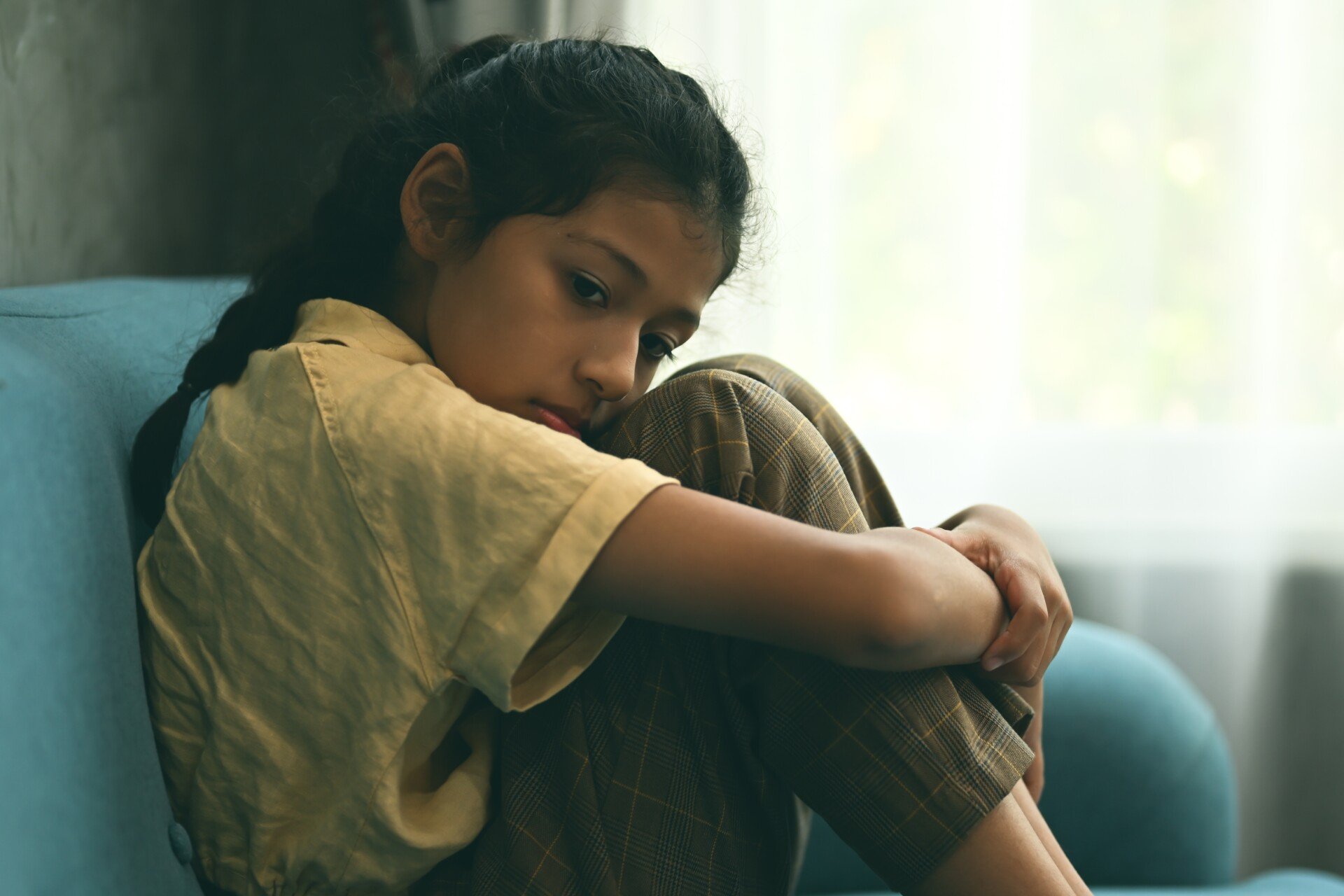When autistic children undergo treatment for anxiety, how can we know if it’s working?
While clinical interviews are considered the gold standard for evaluating mental health outcomes, they are often impractical in real-world settings.
Instead, clinicians and researchers frequently turn to parent-report questionnaires. But just how well do these tools capture meaningful change?
A new study by Huilin Chen and colleagues, published in Autism (2025), explores how accurately commonly used parent-report anxiety scales detect treatment outcomes in autistic children.

The study found that one particular tool—the Child Anxiety Impact Scale, Parent Version (CAIS-P)—was more effective than other widely used symptom checklists in identifying whether children had recovered from anxiety diagnoses after treatment.
While other measures fell short, the CAIS-P demonstrated a level of accuracy that could make it a valuable tool in both clinical practice and research.
Anxiety is one of the most common mental health conditions among children with autism. Estimates suggest that up to 40% of autistic children experience diagnosable anxiety problems, with symptoms often linked to difficulties with change, sensory processing, and social situations.
Because these symptoms can be difficult to distinguish from the core features of autism, identifying accurate ways to assess anxiety is especially important for treatment planning and monitoring.
Chen and colleagues examined how well several parent-report measures predicted treatment outcomes for 167 autistic children, aged 7 to 13, who took part in a randomized controlled trial.
All participants had an autism diagnosis, an IQ above 70, and clinically significant anxiety.
To determine whether children had recovered from anxiety following treatment, the researchers used a structured diagnostic interview known as the Anxiety and Related Disorders Interview Schedule with Autism Spectrum Addendum (ADIS/ASA) – a tool specifically designed to assess anxiety in autistic youth.
Alongside the ADIS/ASA, parents completed four commonly used anxiety measures: the CAIS-P, the Paediatric Anxiety Rating Scale (PARS), the Child Behavior Checklist (CBCL) Anxious/Depressed subscale, and the Multidimensional Anxiety Scale for Children, Parent Version (MASC-P).
The study focused on whether each of these questionnaires could accurately predict diagnostic recovery as defined by the gold-standard interview.
Only the CAIS-P achieved acceptable diagnostic accuracy for detecting full recovery from anxiety.
Specifically, it had an area under the curve (AUC) of 0.802, indicating good performance in distinguishing between children who had and had not recovered.
In contrast, the other measures had AUC values well below the commonly accepted threshold of 0.7, suggesting limited diagnostic usefulness in this context.
The CAIS-P differs from the other tools in a key way: it measures the extent to which anxiety interferes with a child’s daily life across school, social, and family settings, rather than simply counting symptoms.
This focus on functional impairment may help explain its better performance, particularly given the challenges of interpreting symptoms in the context of autism.
For example, some behaviors that appear anxiety-related—such as avoiding social situations—may also be tied to social communication differences.
By centering on how anxiety disrupts everyday activities, the CAIS-P may offer a clearer picture of meaningful clinical change.
These findings are particularly relevant for clinicians and researchers working with autistic children.
Given the difficulty of using time-intensive interviews in routine care, a brief and accurate parent-report measure like the CAIS-P could help professionals track treatment progress and make informed decisions about ongoing support.
The study also suggests that standard symptom-based questionnaires may be insufficient on their own to assess whether anxiety interventions are effective in this population.
While the CAIS-P showed promise overall, the researchers caution that its subscale structure may not hold up well in autistic populations.
The original three-factor model—based on school, social, and family domains—did not fit the data from autistic participants, suggesting that anxiety might manifest differently across contexts in this group.
Parents may also struggle to separate the effects of anxiety from autism-related traits when completing the measure. As a result, the authors recommend focusing on the total score rather than interpreting specific subscale scores.
The study also explored whether the CAIS-P performed differently across subgroups.
Notably, the scale showed particularly high diagnostic accuracy in girls, suggesting it may be especially sensitive to changes in anxiety among autistic females.
This is a significant finding given ongoing concerns about the under-identification of anxiety in autistic girls, who may mask or “camouflage” their distress. However, the authors note that this result was based on imputed data and requires further investigation.
Some limitations should be considered. The study did not include child self-reports, which could offer additional insight into how children experience and perceive their anxiety.
Moreover, the findings apply specifically to post-treatment assessments and do not indicate whether the CAIS-P is effective at detecting anxiety in community settings or over longer periods of time.
The researchers also did not test autism-specific anxiety scales, which may perform differently.
Still, the results highlight a practical takeaway: for autistic children undergoing anxiety treatment, measuring the day-to-day impact of anxiety—as reported by parents—may be more informative than simply tracking symptoms.
The CAIS-P, though not perfect, appears to offer a useful and feasible way to evaluate treatment success when diagnostic interviews are not available.
As research continues to refine tools for diverse populations, this study marks an important step toward improving mental health care for autistic youth.
Citation
Chen, H., Wood, J. J., Kerns, C. M., Storch, E. A., Kendall, P. C., Scerif, G., & Creswell, C. How well can commonly used anxiety scales detect treatment outcomes in the context of autism? Autism. https://doi.org/10.1177_13623613251349929


